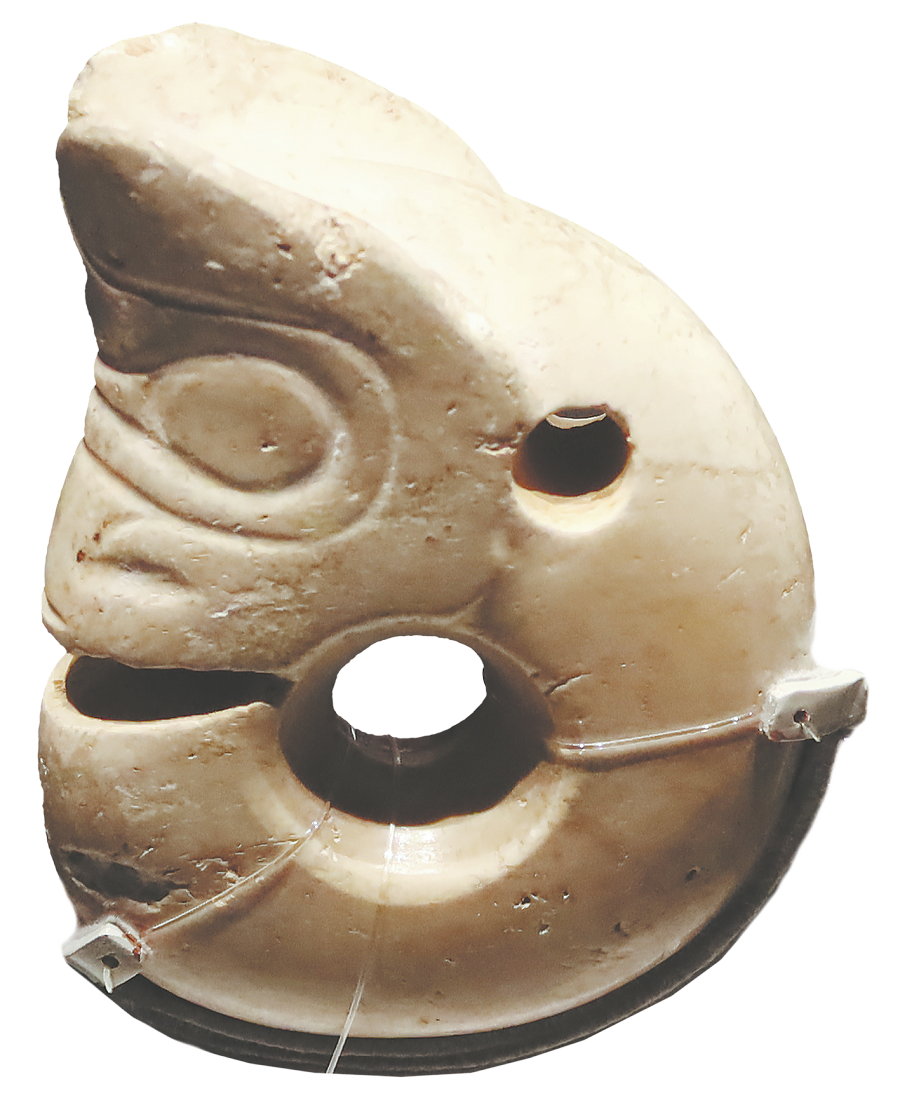Tracing the influences of cultures


To complement the two dragons from afar, the National Museum of China displays a jade pig-dragon belonging to the Neolithic Hongshan culture dating back more than 5,000 years. It has a pig's head and a dragon's body to symbolize the fertility of farmland. The object is believed to be one of the country's earliest known jade carvings shaped like a dragon.
The communication between China and other ancient civilizations is vividly celebrated on the yellow-brown patterned surface of a Tang Dynasty (618-907) ceramic bowl. The ware is believed to be a product of the Changsha kiln that reached its firing climax in the middle to late Tang Dynasty.
The bowl is patterned with relief date palms, which suggests it was one of a great number of wares ordered by overseas customers, says Wang.
Changsha kiln products were among the export commodities transported to other parts of Asia and Africa. Wang says: "Over 80 percent of ceramics found at the Batu Hitam (black rock) Shipwreck, off the shores of Sumatra and discovered in 1998, were from the Changsha kiln." The inscription on one bowl dates the cargo ship to the Tang era.
Wang says the Changsha kiln-fired bowl testifies to the Tang's prosperity and it embraced openness and extensive exchanges with other cultures.
























